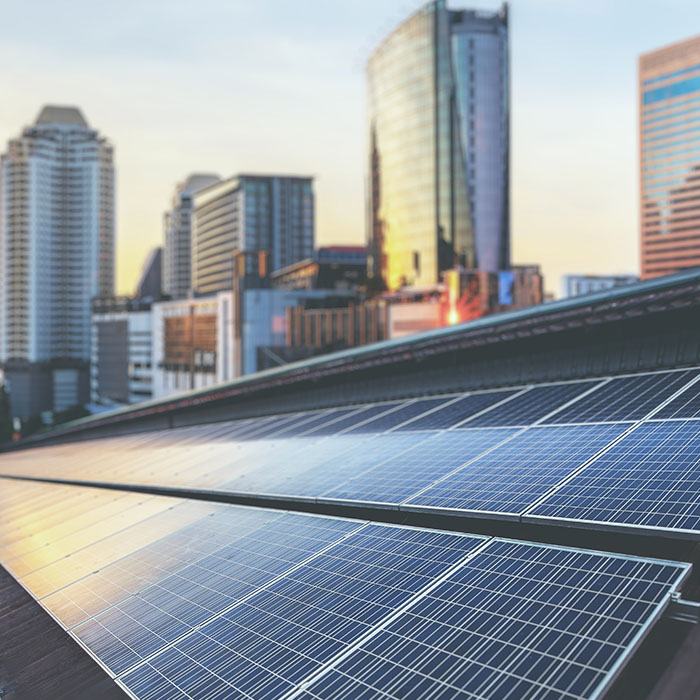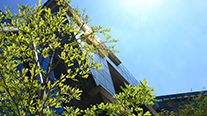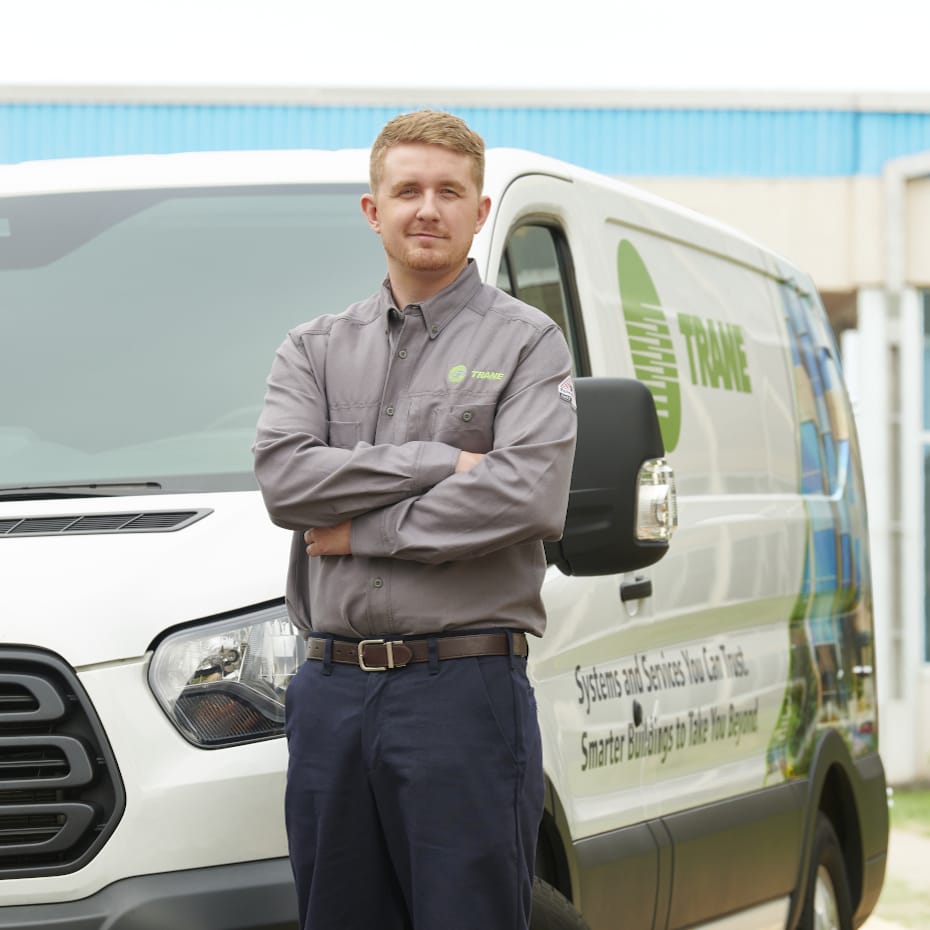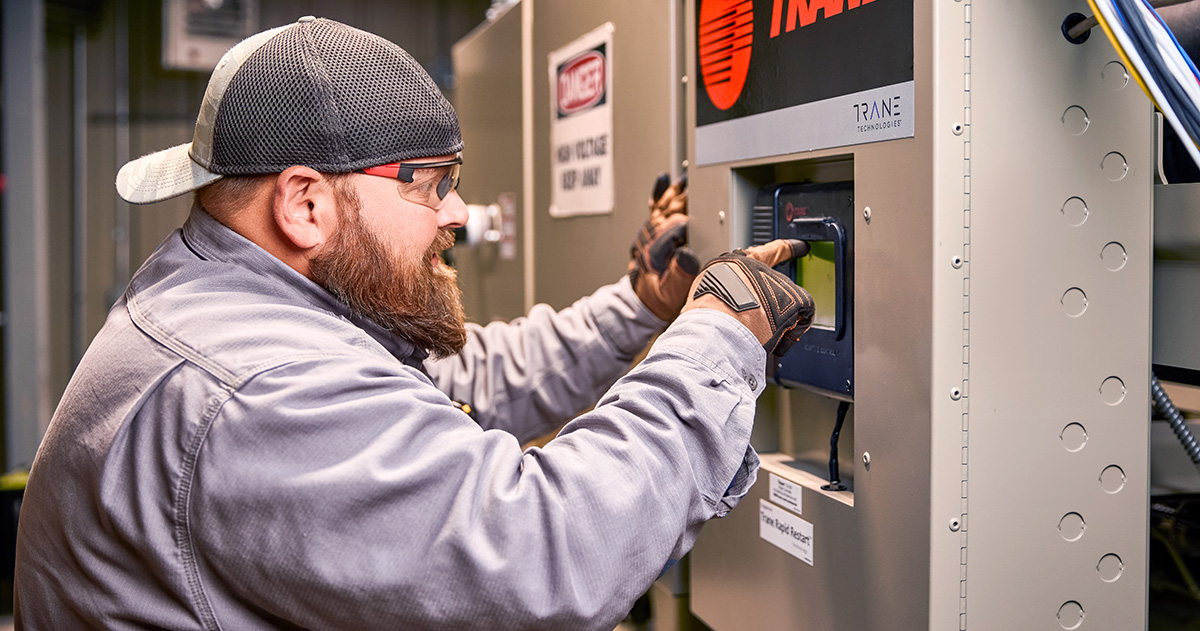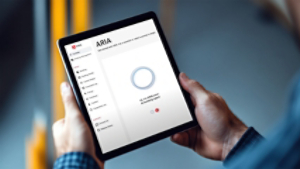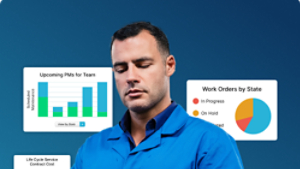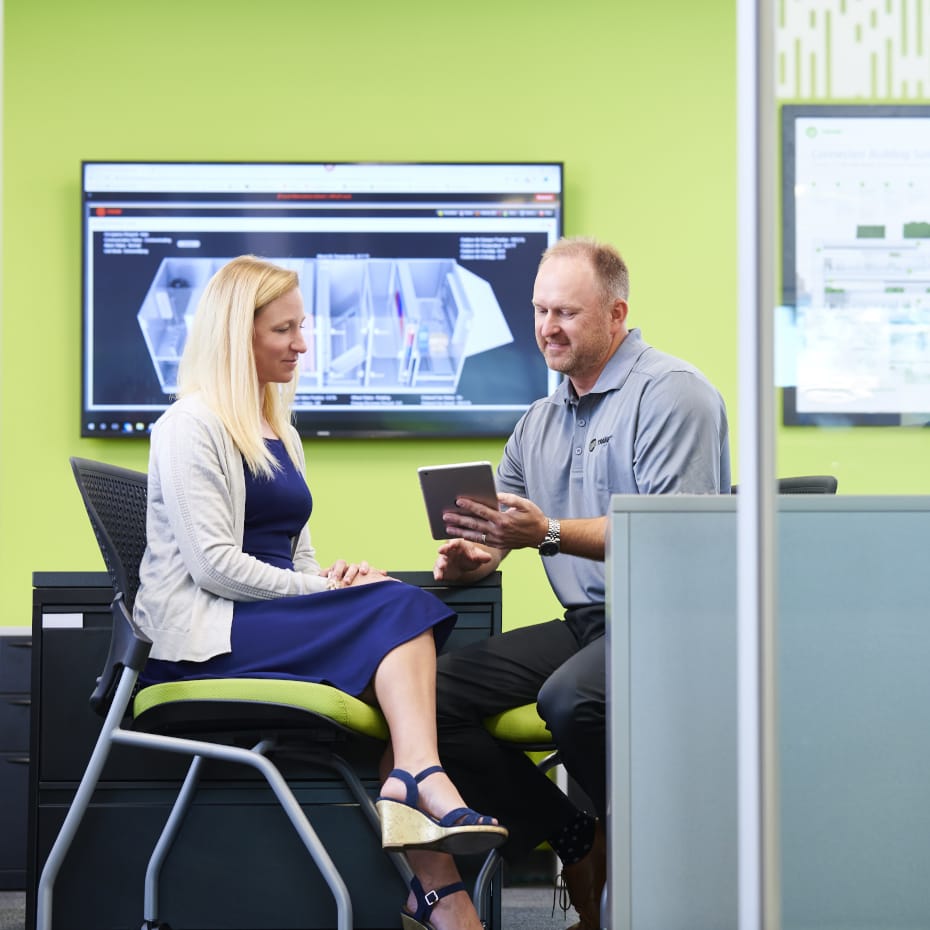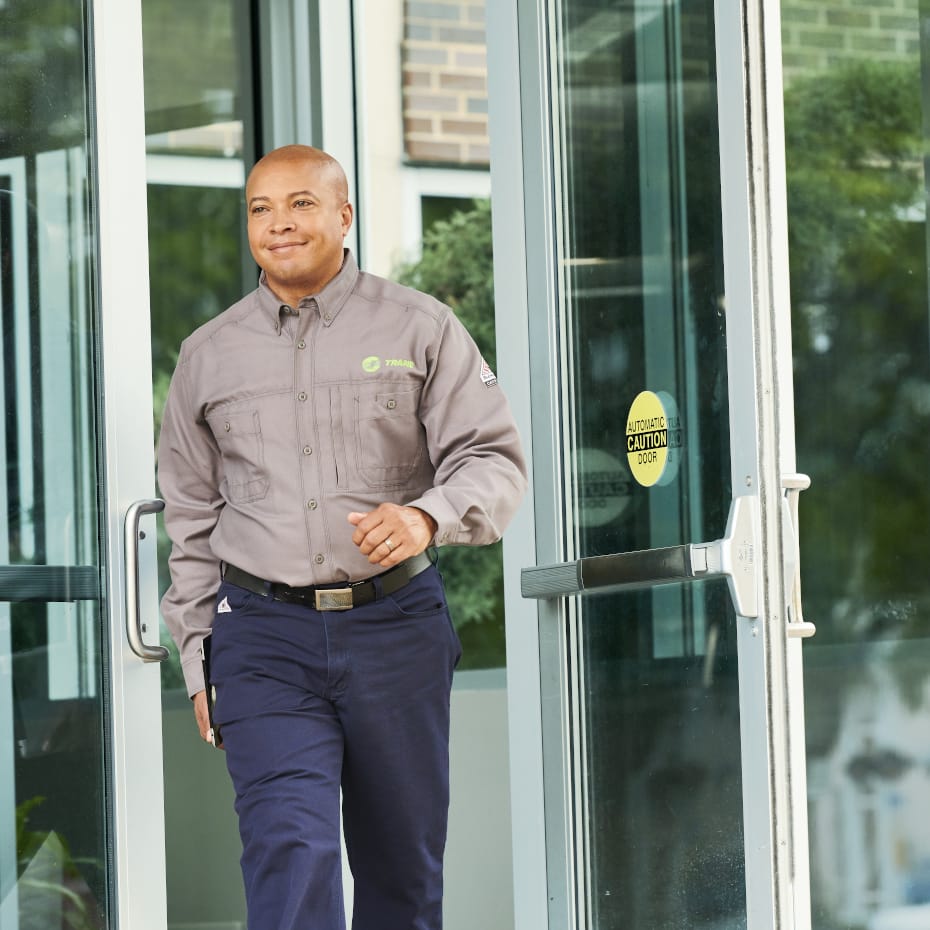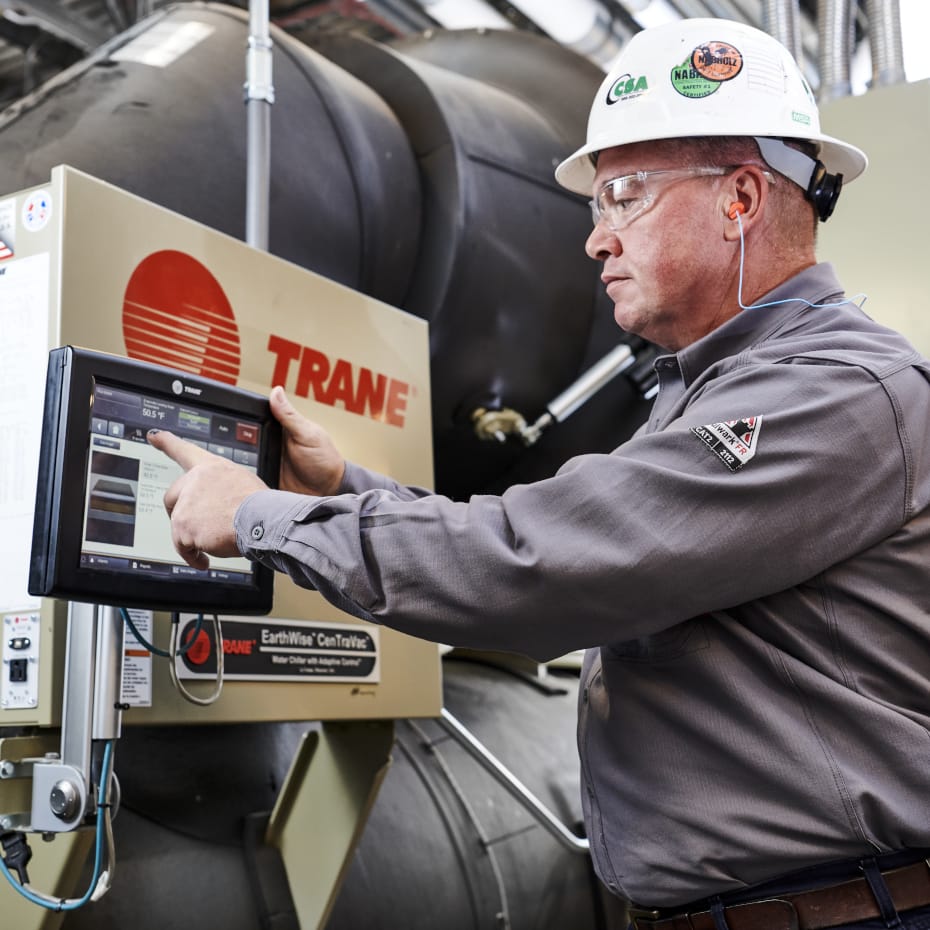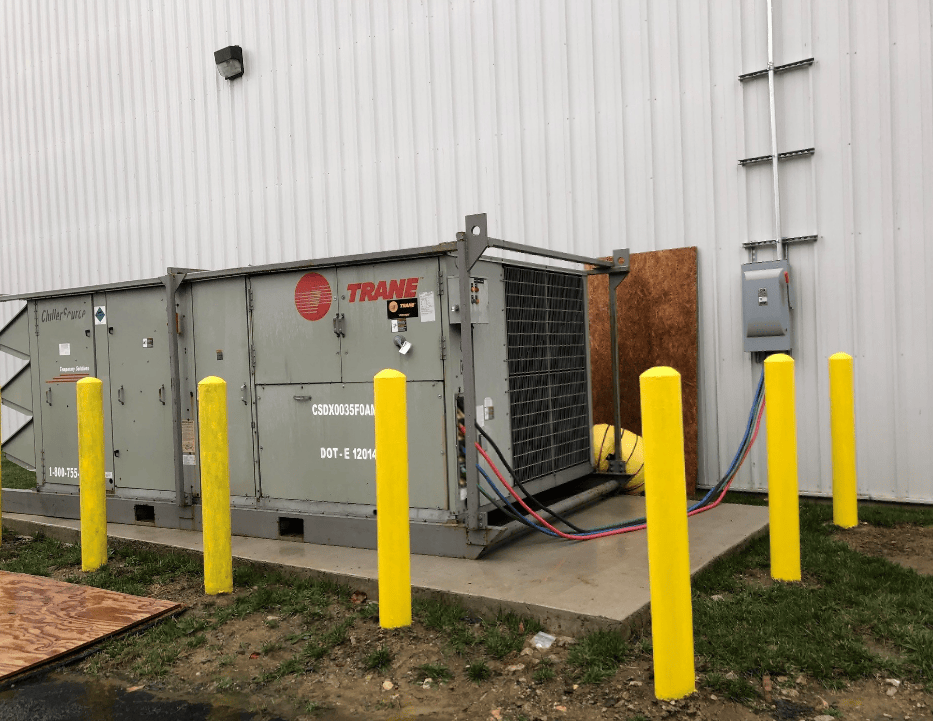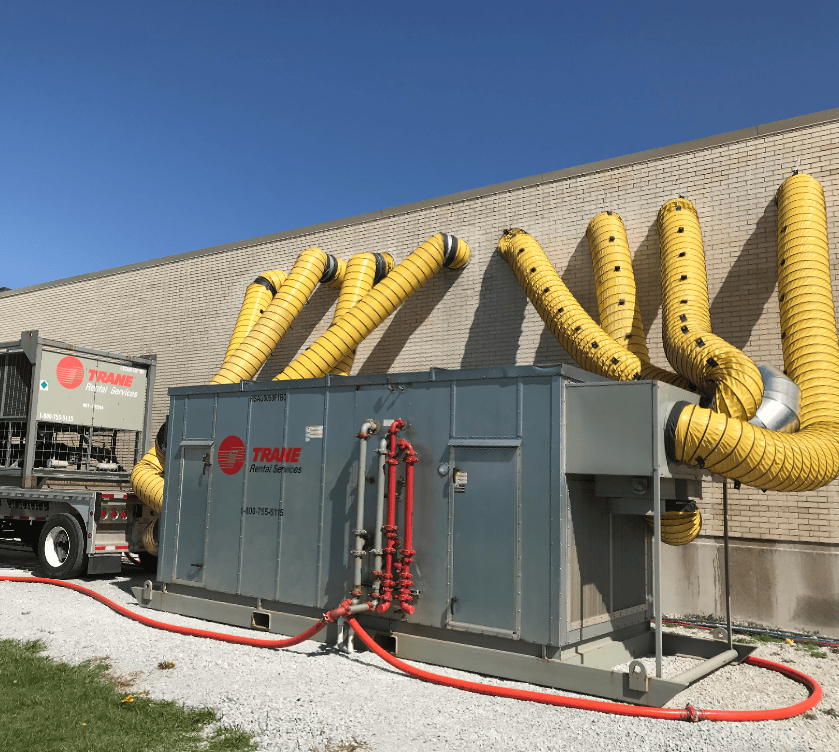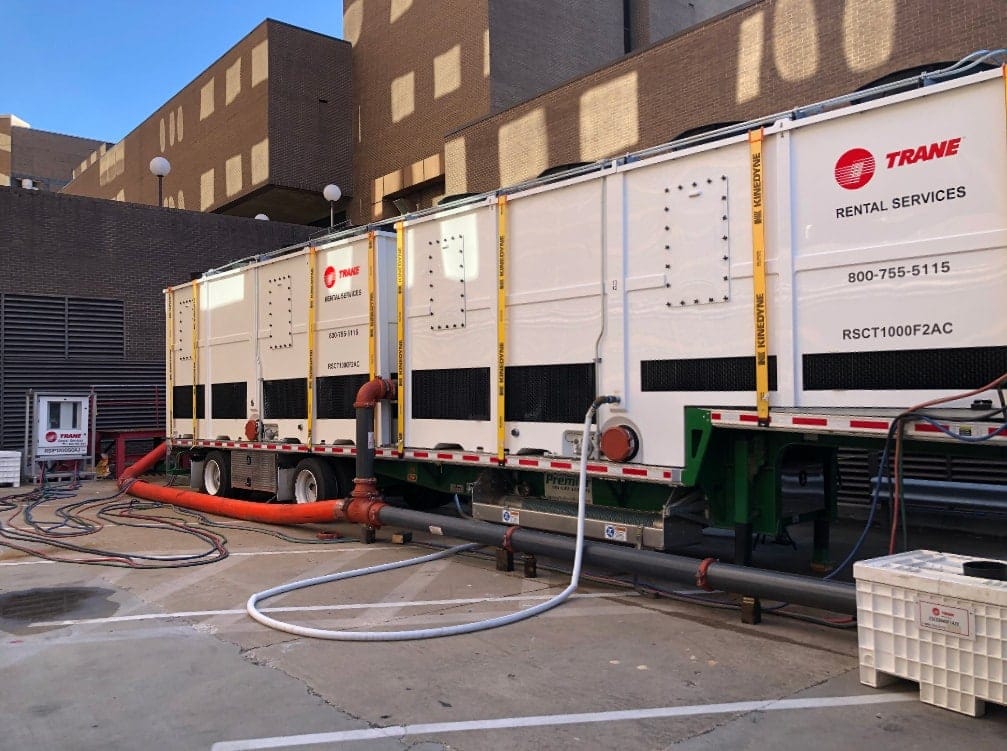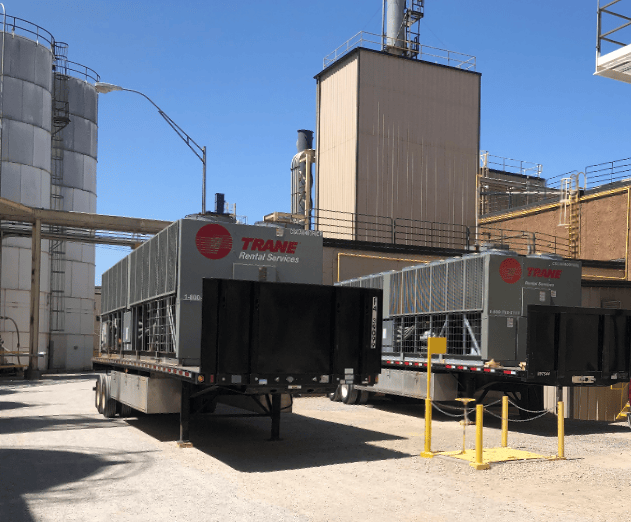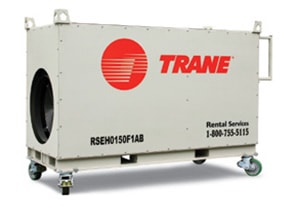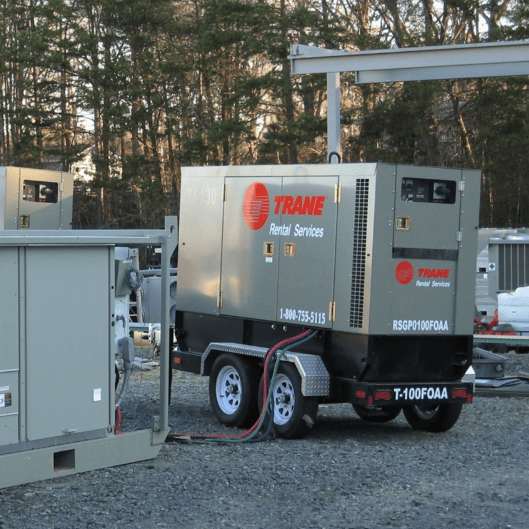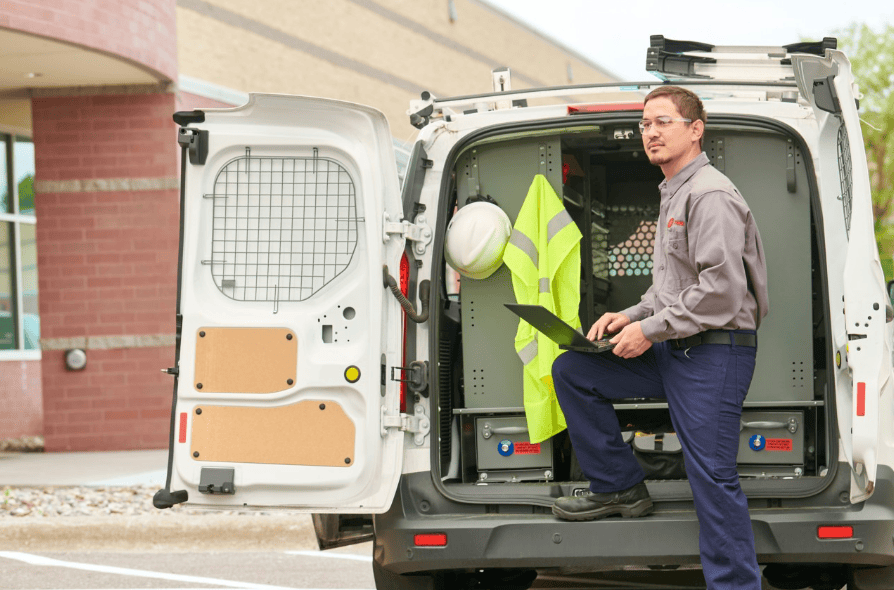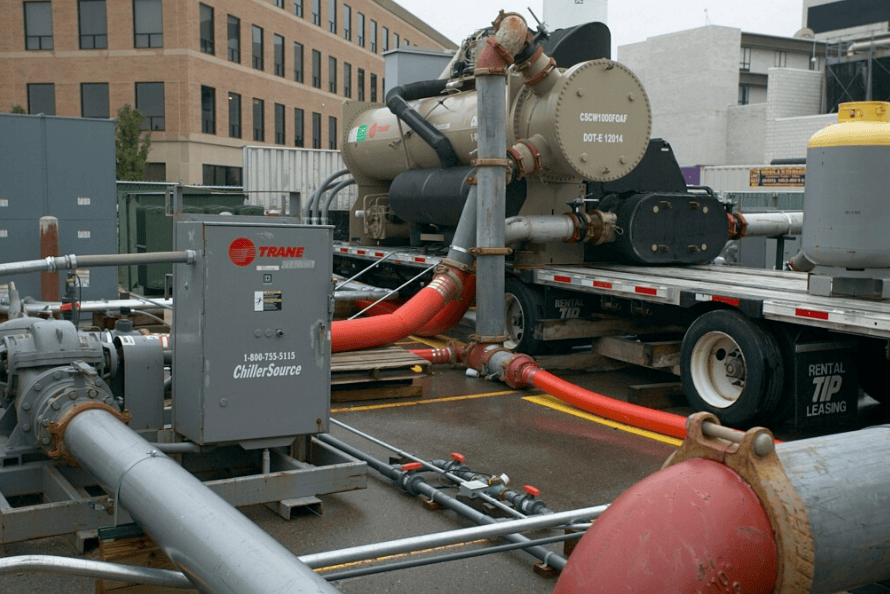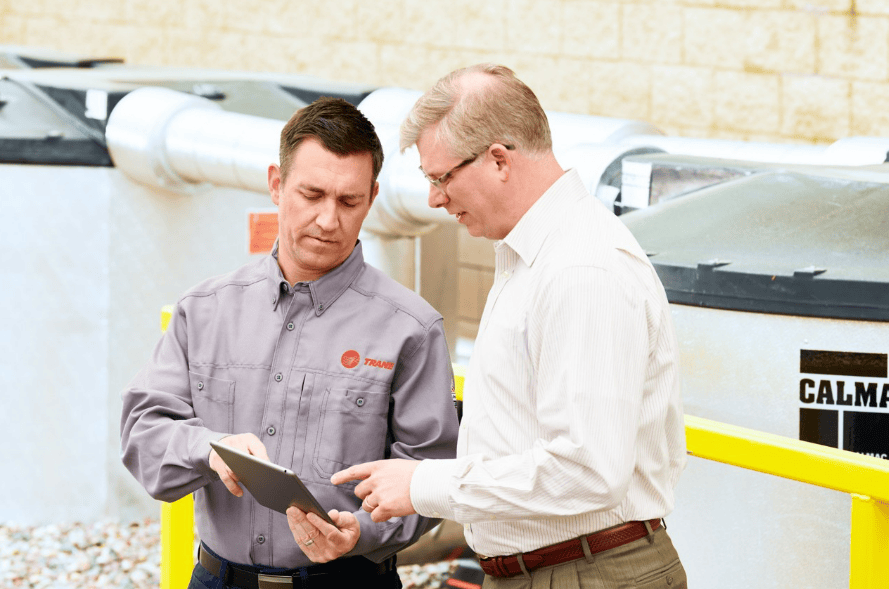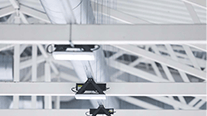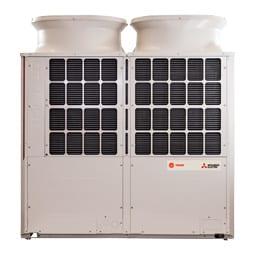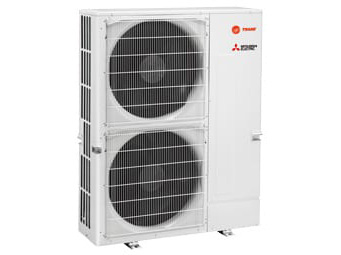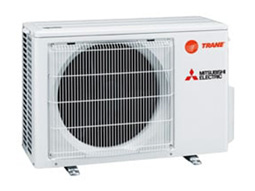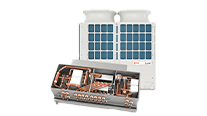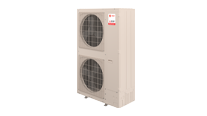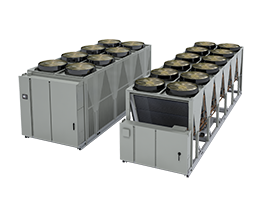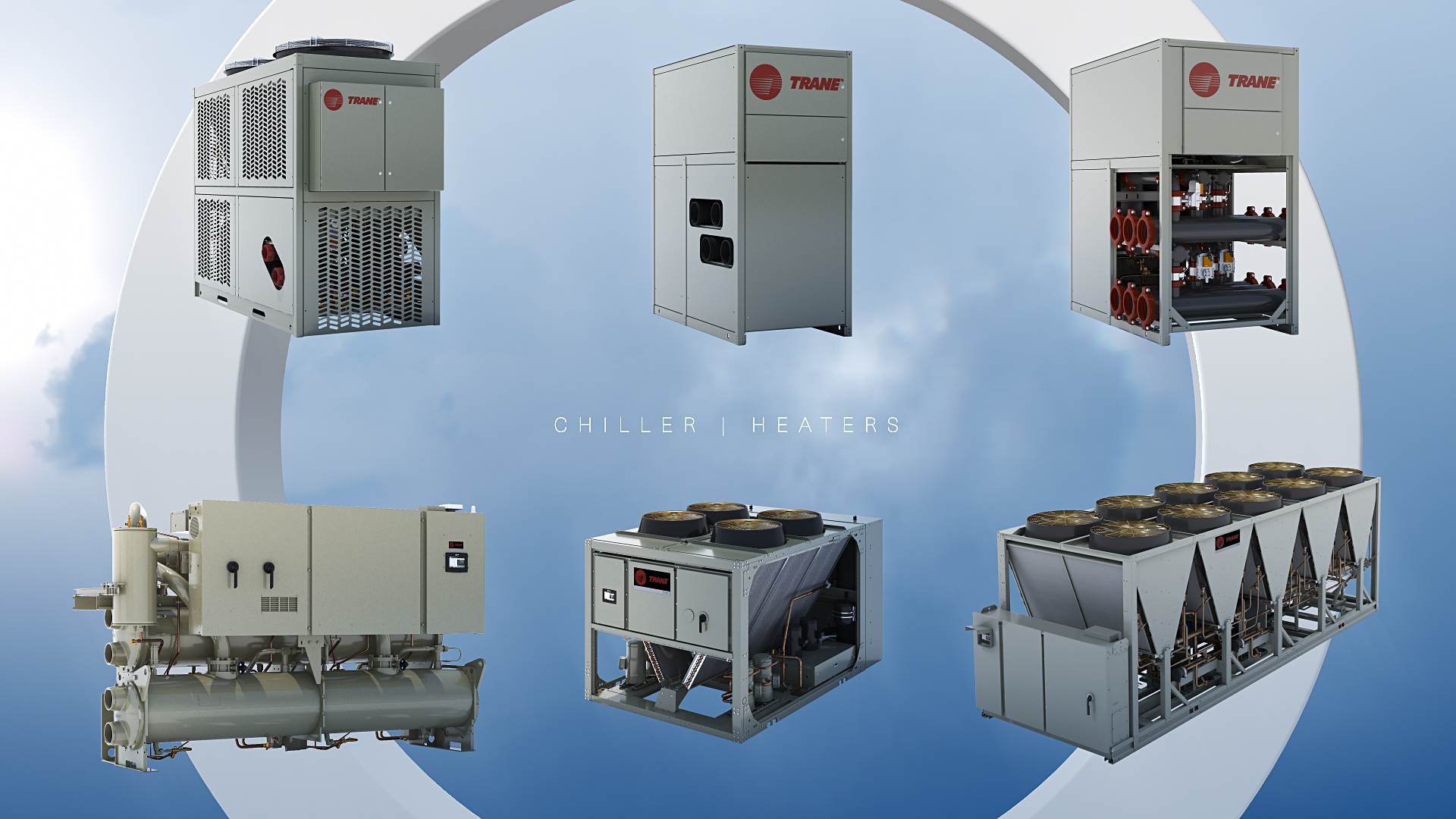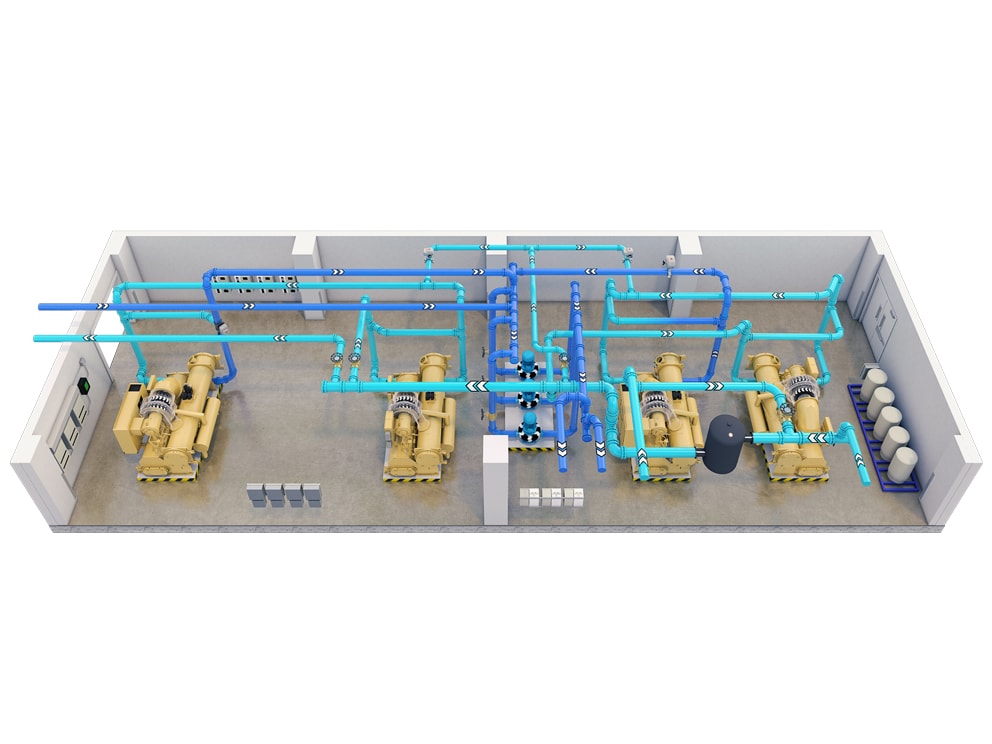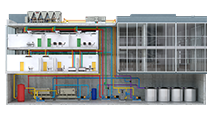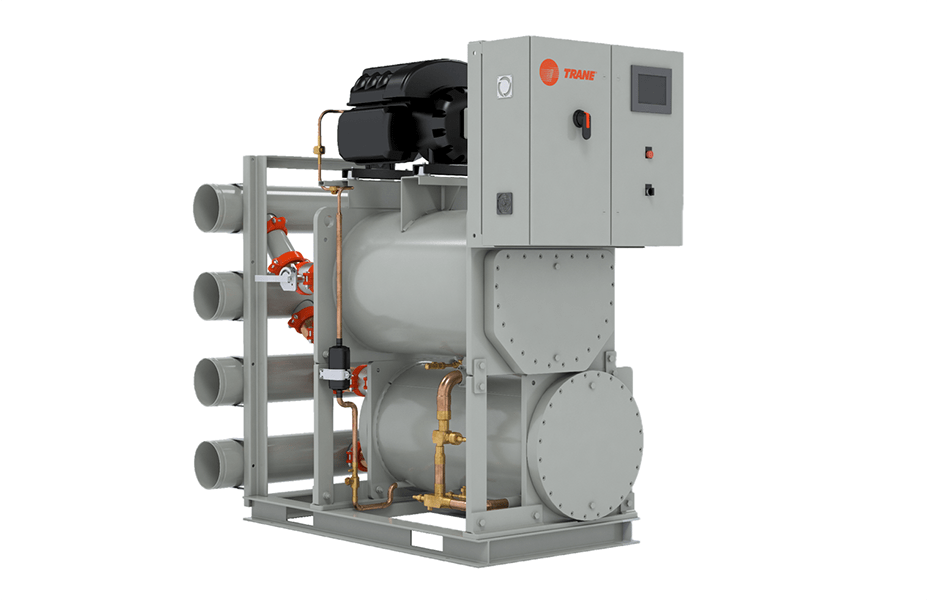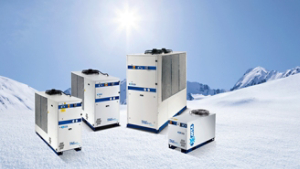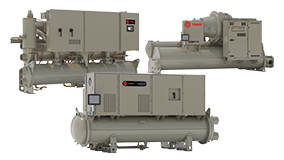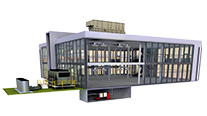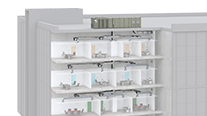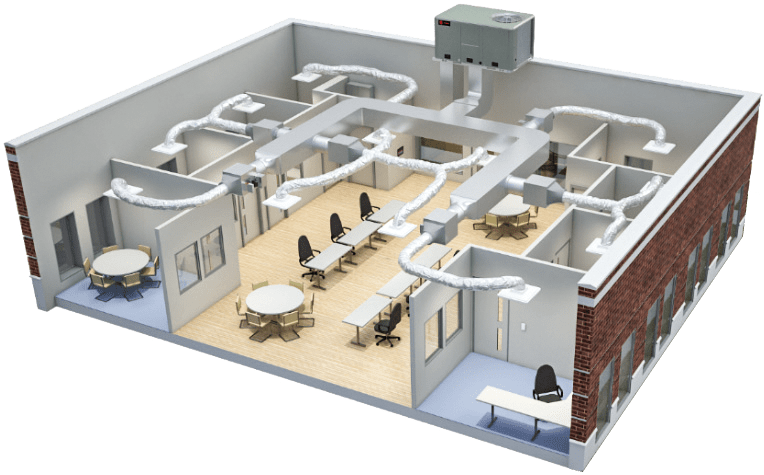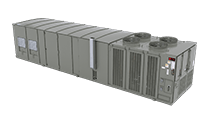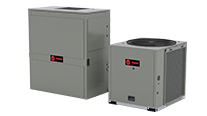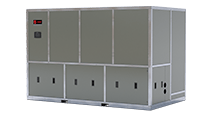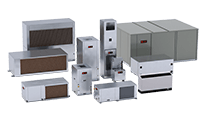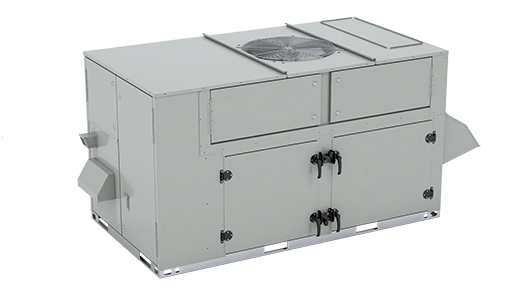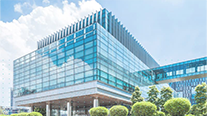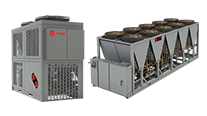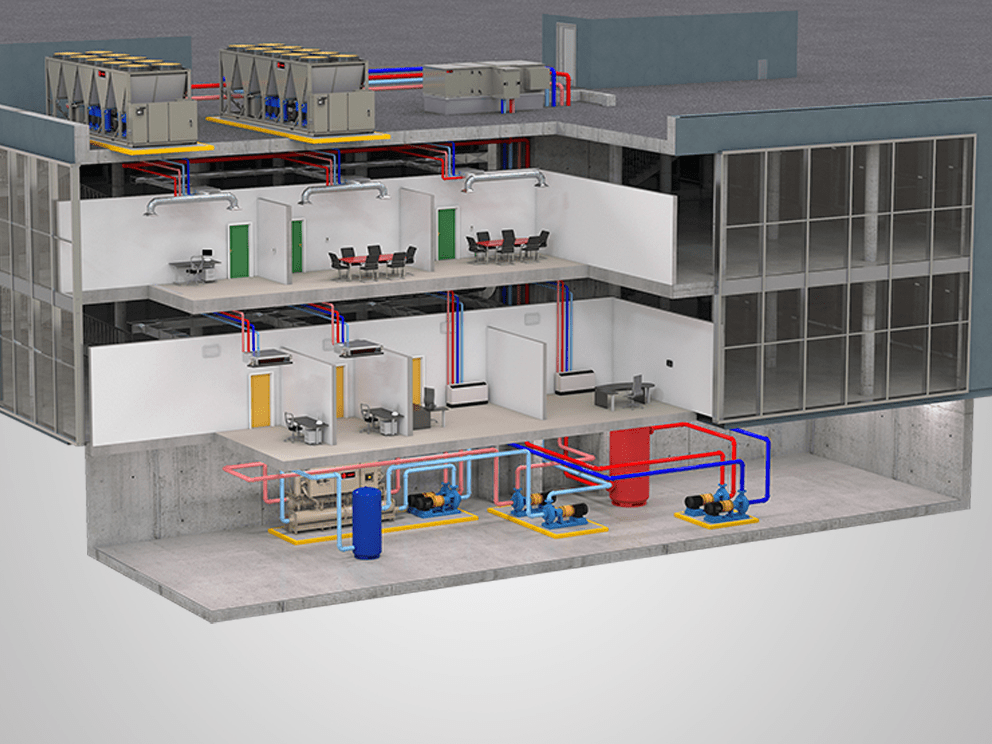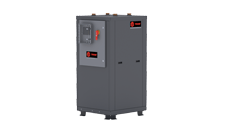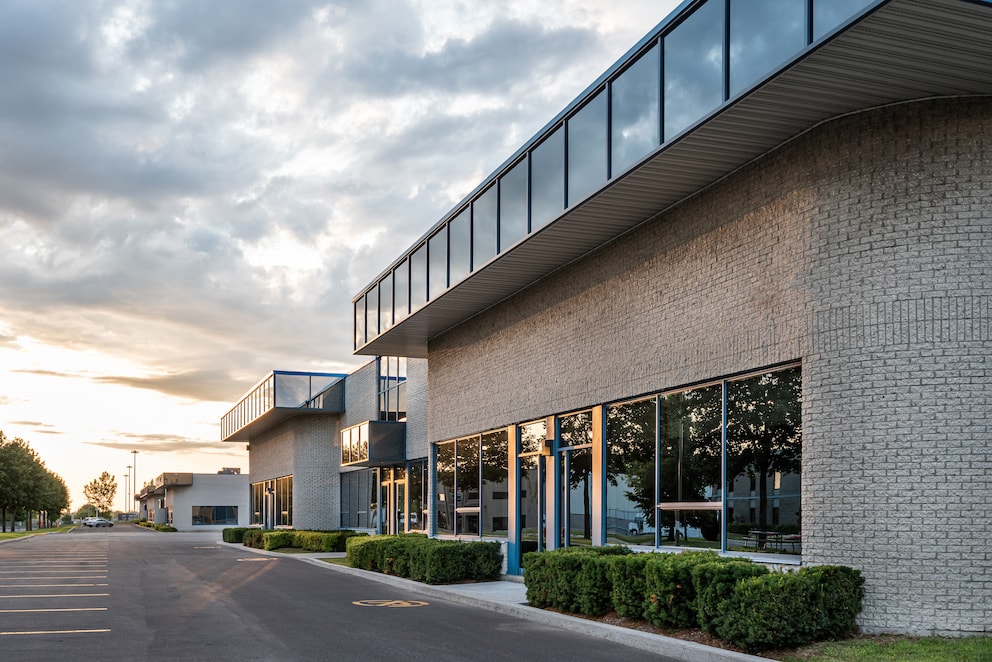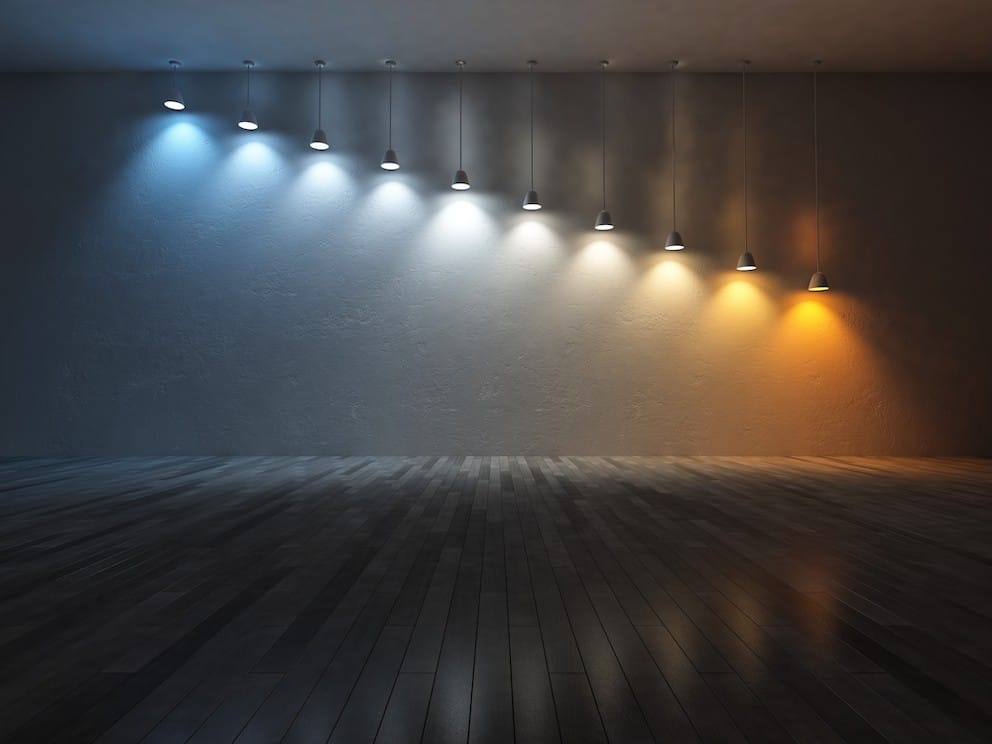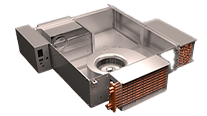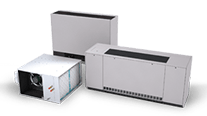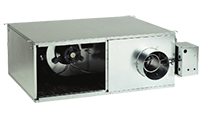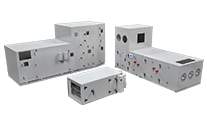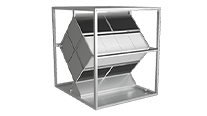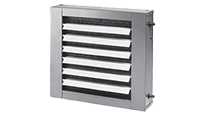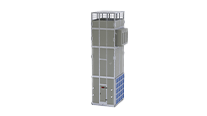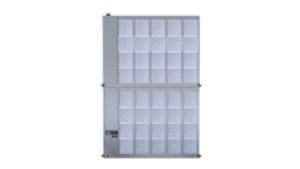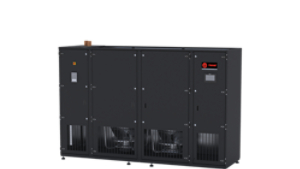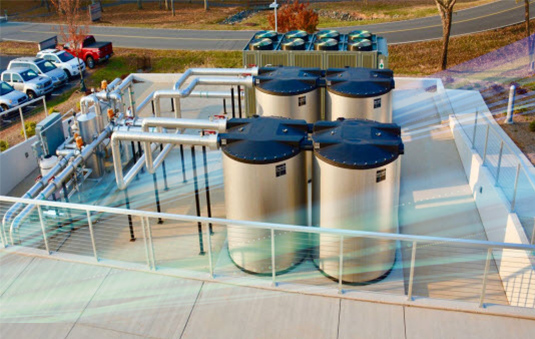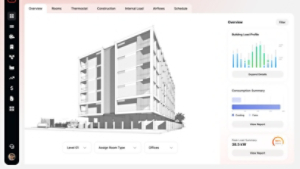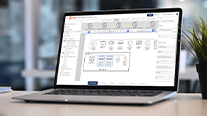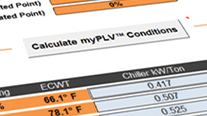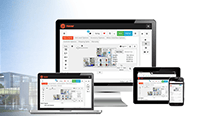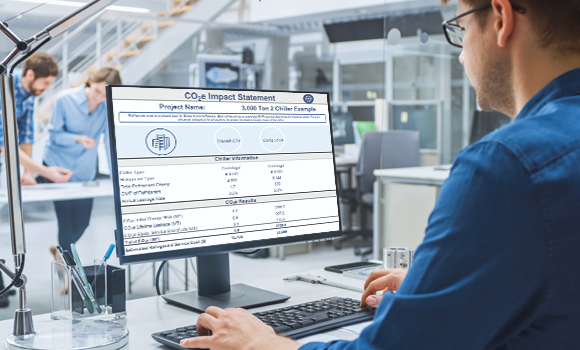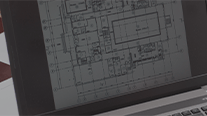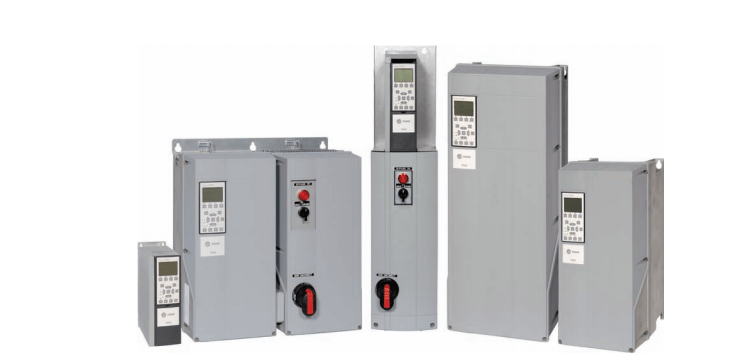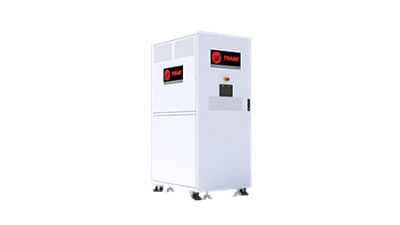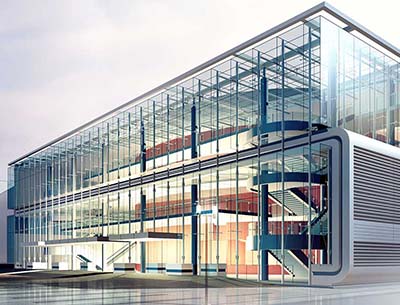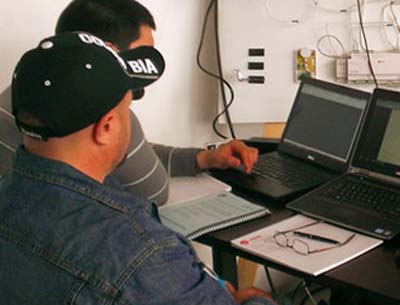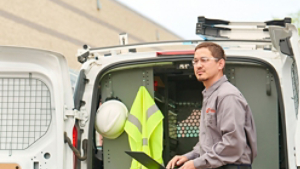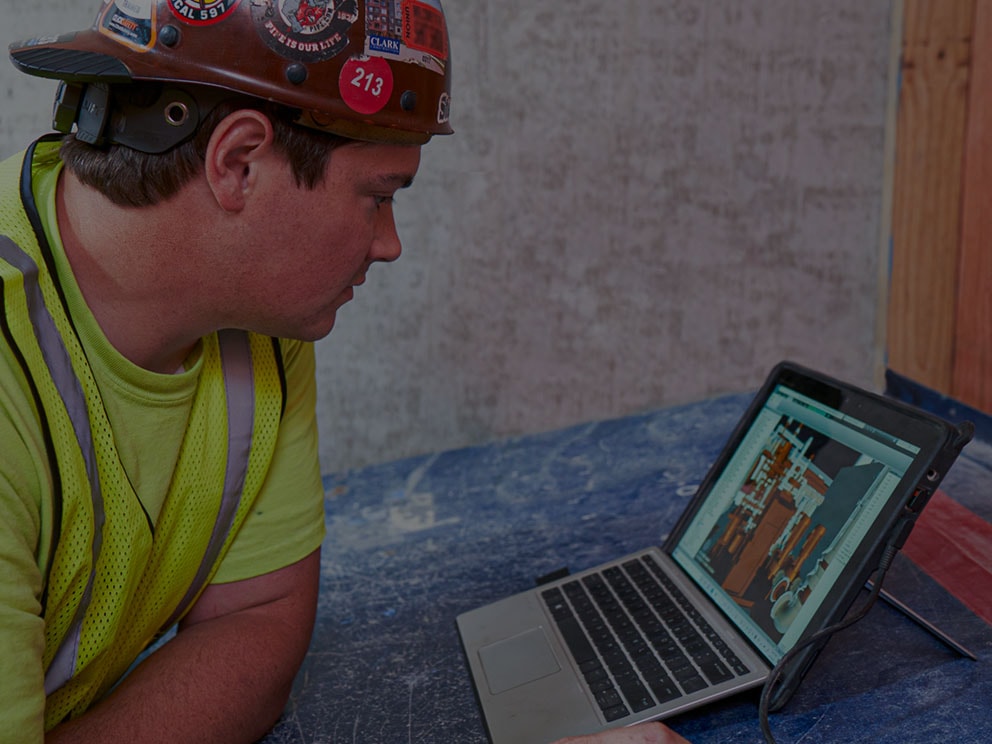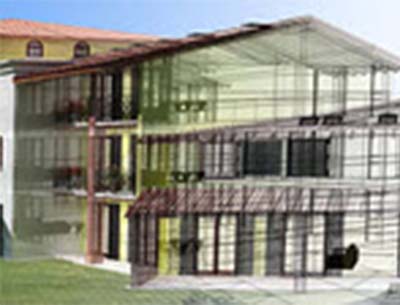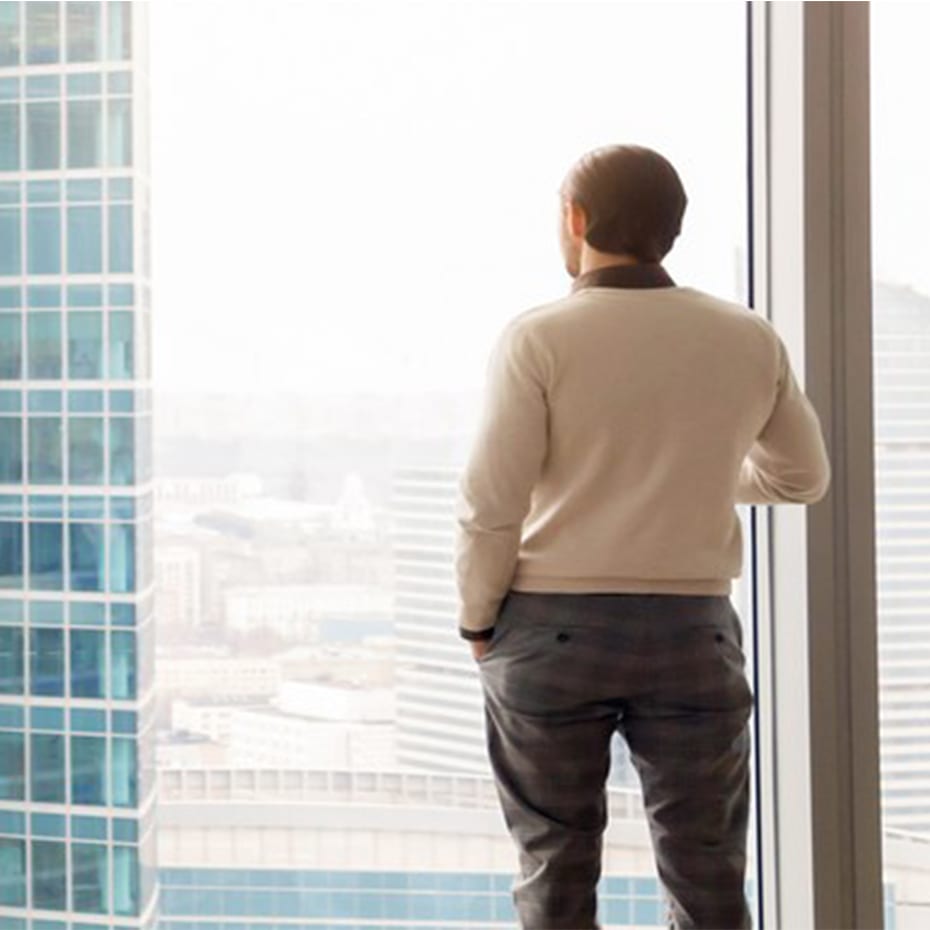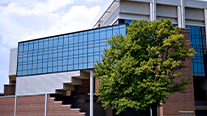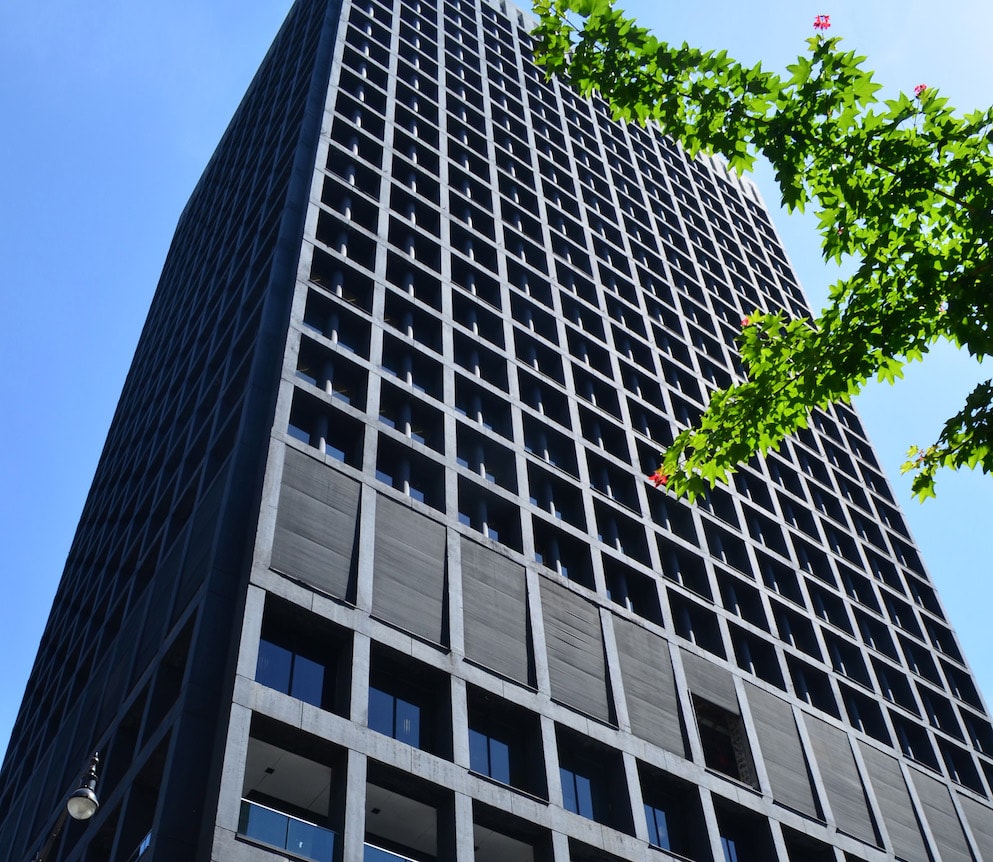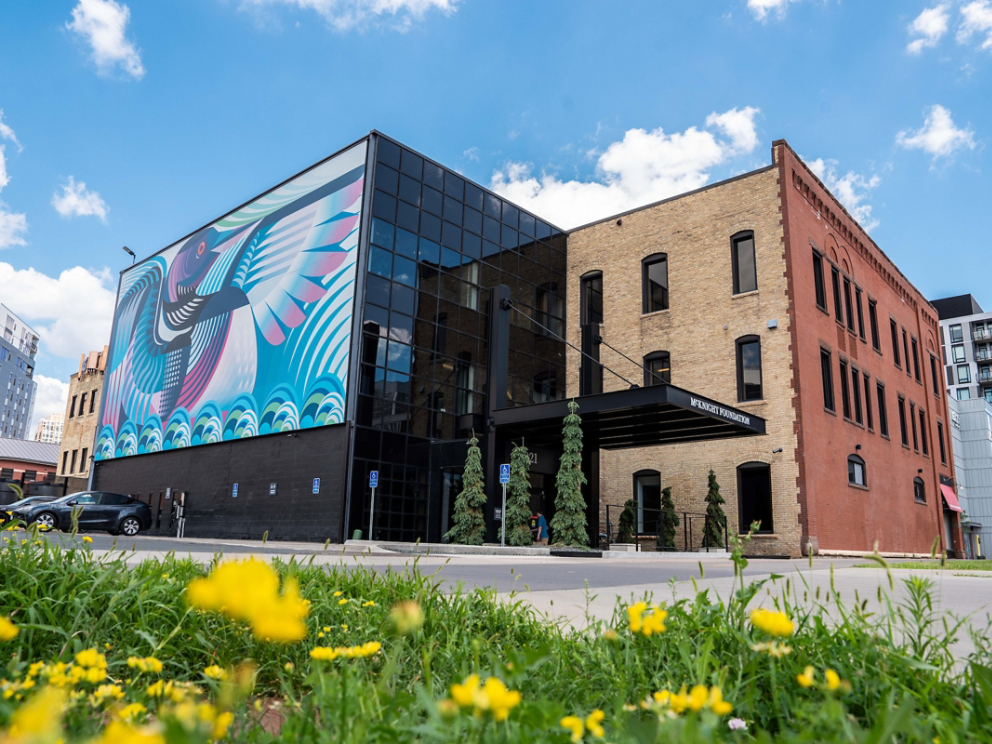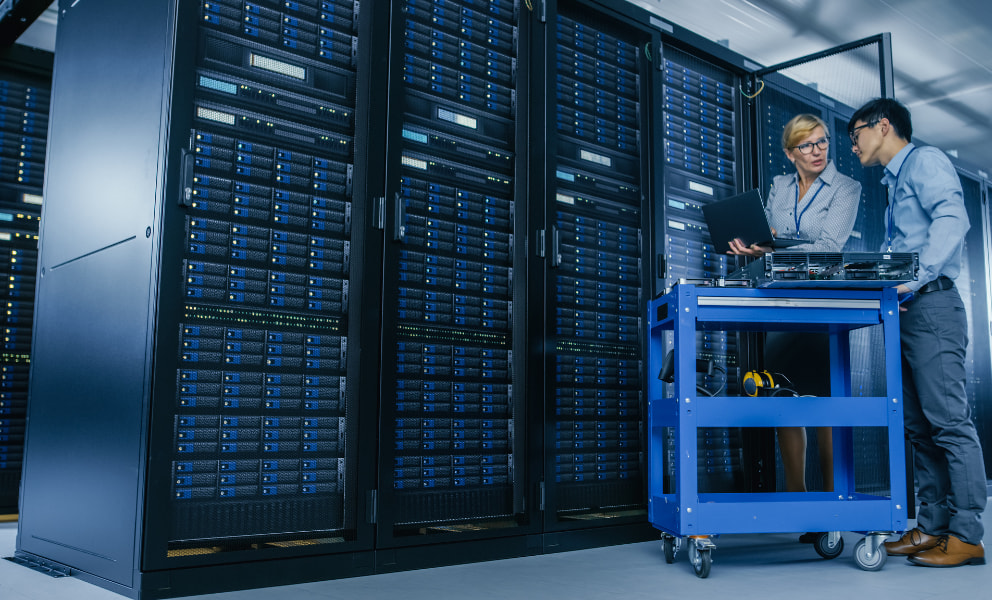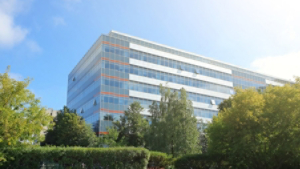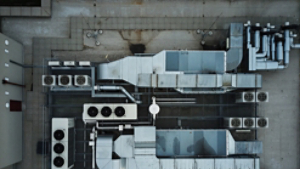Location: Minneapolis, Minnesota
Products Used: Chillers, Controls, Heat Pumps
Topic: Sustainability, Efficiency, Electrification, Legislation and Incentives
- 100% fully electric 50,000-square-foot office space
- $1.5M secured in federal incentives
- 4 months from construction to occupancy
Highlights
- Fully electric, 100-year-old, carbon-neutral 50,000-square-foot office space.
- Collaborative team of local experts completed mission-aligned project in just four months.
- Tenant-led approach secured $1.5 million in Inflation Reduction Act (IRA) rebates.
- Diverted more than 75% of construction waste from landfills.
- Innovative solution integrates heat pump system and thermal energy storage.
- LEED Gold certified space serving 5,000+ annual visitors.
The Challenge
The McKnight Foundation has always viewed its headquarters as more than an office. It is a community hub, a gathering space, and a reflection of the foundation’s mission to advance a more just, creative, and abundant future. When the time came to find a larger space for their growing team and expanding relationships, the foundation's leadership team recognized a powerful opportunity. With a new 20-year lease for a 50,000-square-foot building in downtown Minneapolis, they set out to create a space that aligned fully with their climate and equity goals.
The McKnight team needed a fully electric solution that could perform reliably through Minnesota’s harsh winters. The solution also had to support their sustainability goals or their role as a vibrant community hub for each of the grantees, partners, and community members who visit each year.

The Solution
In lieu of new construction, McKnight chose to renovate and reinvigorate a historic building composed of four connected structures, the oldest dating back to 1883. This approach allowed McKnight to advance its environmental goals in the remodel and invest in a culturally significant corridor in the city’s Downtown East neighborhood, demonstrating how tenants can lead on sustainability and community impact.
Climate Innovation Without Compromise
To meet its energy and performance goals, McKnight implemented Trane’s innovative storage source heat pump system, which adapts with each season.
In the summer, the system freezes water at night using off-peak electricity and then uses the stored thermal energy to cool the building during the day.
In the winter, the air-to-water heat pump pulls heat from the atmosphere when conditions are most favorable. At the same time, the heat recovery chiller melts the ice it has created, releasing that energy to keep the building warm.
In the spring and fall, when afternoons are warmer and mornings are cooler, the system reuses excess heat from the day to meet heating needs the following morning.
Thermal storage tanks play a critical role, balancing heating and cooling demands to maximize efficiency. The system can draw additional energy from the atmosphere when needed and release surplus energy without waste. This enables full electrification thus avoiding the use of fossil fuels.
Unlike conventional HVAC designs, this approach also shifts energy use away from peak demand periods, reducing both grid strain and operating costs. It also ensures consistent, reliable comfort throughout the year while simultaneously advancing the foundation’s climate goals.
Pioneering a New Financing Approach
Because McKnight was a tenant, traditional clean energy funding opportunities didn’t apply. The foundation created a separate legal entity to own the energy system, enabling access to Inflation Reduction Act (IRA) tax credits. This creative structure unlocked an estimated $1.5 million in federal incentives and demonstrated that tenant-led electrification is both feasible and replicable. It also proved that mission-aligned tenants can shape building performance, regardless of ownership.
“This project shows that tenants can lead the way on building decarbonization even in a cold climate like Minnesota, and without compromising on comfort,” said Ben Passer, McKnight’s Midwest Climate and Energy Program Director.
Local Expertise and Shared Values
McKnight leadership assembled a Minneapolis-based project team that shared their commitment to sustainability and community. Trane’s application and commercial experts, engineers at Dunham, and contractors at Greiner and Modern Heating and Air all worked in close coordination to bring the vision to life. Together, the team designed and implemented a first-of-its-kind system while it was still being commercialized for broader use.
Sustainable Building Solutions for People and Planet
The renovation reused furniture and construction materials wherever possible and diverted more than 75% of construction waste from landfills. Near the building’s entrance, the visible thermal energy tanks invite curiosity and conversation. Future signage will help visitors understand the building’s energy system and encourage dialogue around climate solutions.
The Results
The project began in December 2024, and the building was fully functional and occupied just four months later. McKnight’s new headquarters now functions as a fully electric, mission-aligned space for changemakers, inviting conversation around the cutting-edge solutions that are now in place. It also serves as a real-world example of how tenants can lead when it comes to climate action.
The space feels like any other modern office with a welcoming, open floor plan filled with light. But behind the scenes, an advanced system is quietly working to reduce emissions and energy costs without sacrificing comfort.
The McKnight Foundation's headquarters has achieved LEED Gold certification and has already been recognized as one of Minnesota’s first tenant-led clean energy projects to fully utilize IRA tax incentives
“This space is a physical expression of our belief that climate and community are inseparable. It proves that when we design with intention, we can create places that care for people, advance equity, and support the planet all at once,” said Nichol Higdon, Vice President of Finance and Operations at McKnight Foundation.
The building now stands as a blueprint for others seeking practical, people-centered pathways to building energy efficiency. It proves what’s possible when values, innovation, and collaboration align in service of a more sustainable future.





